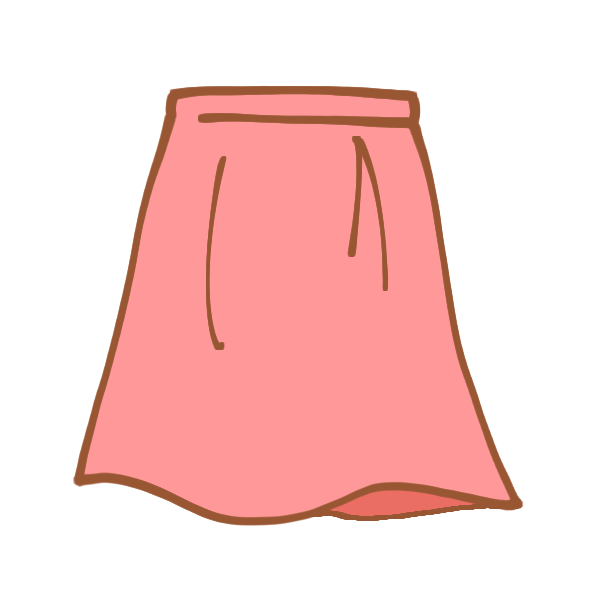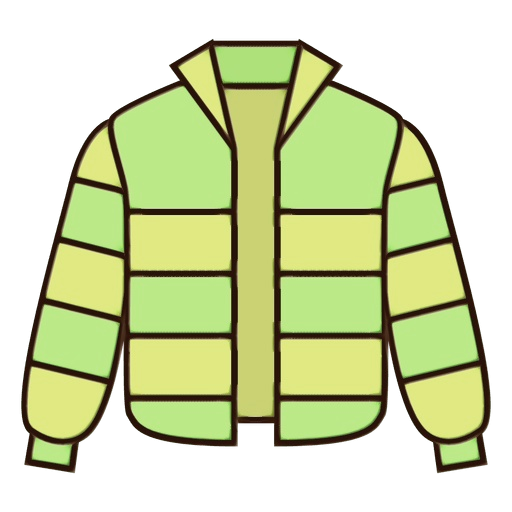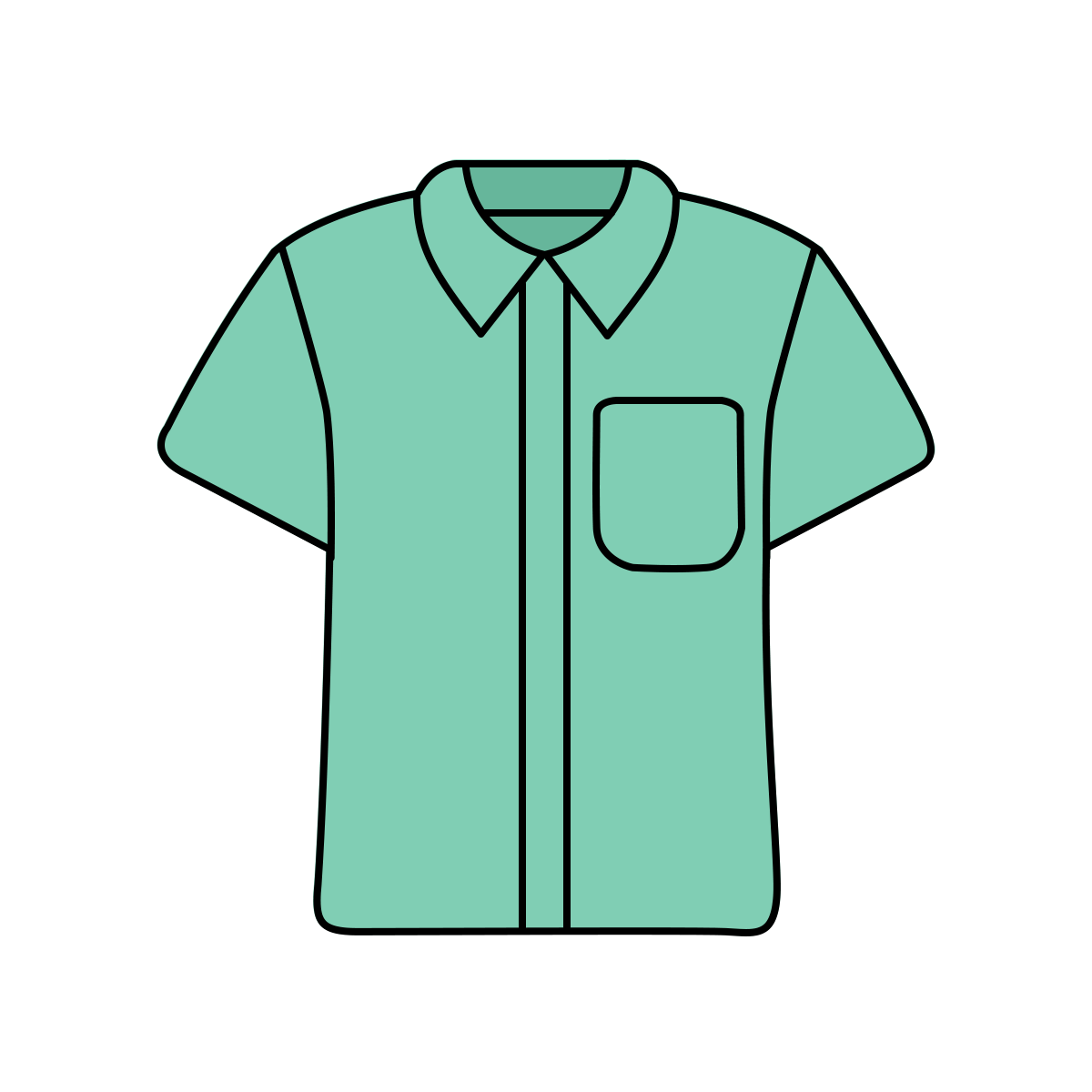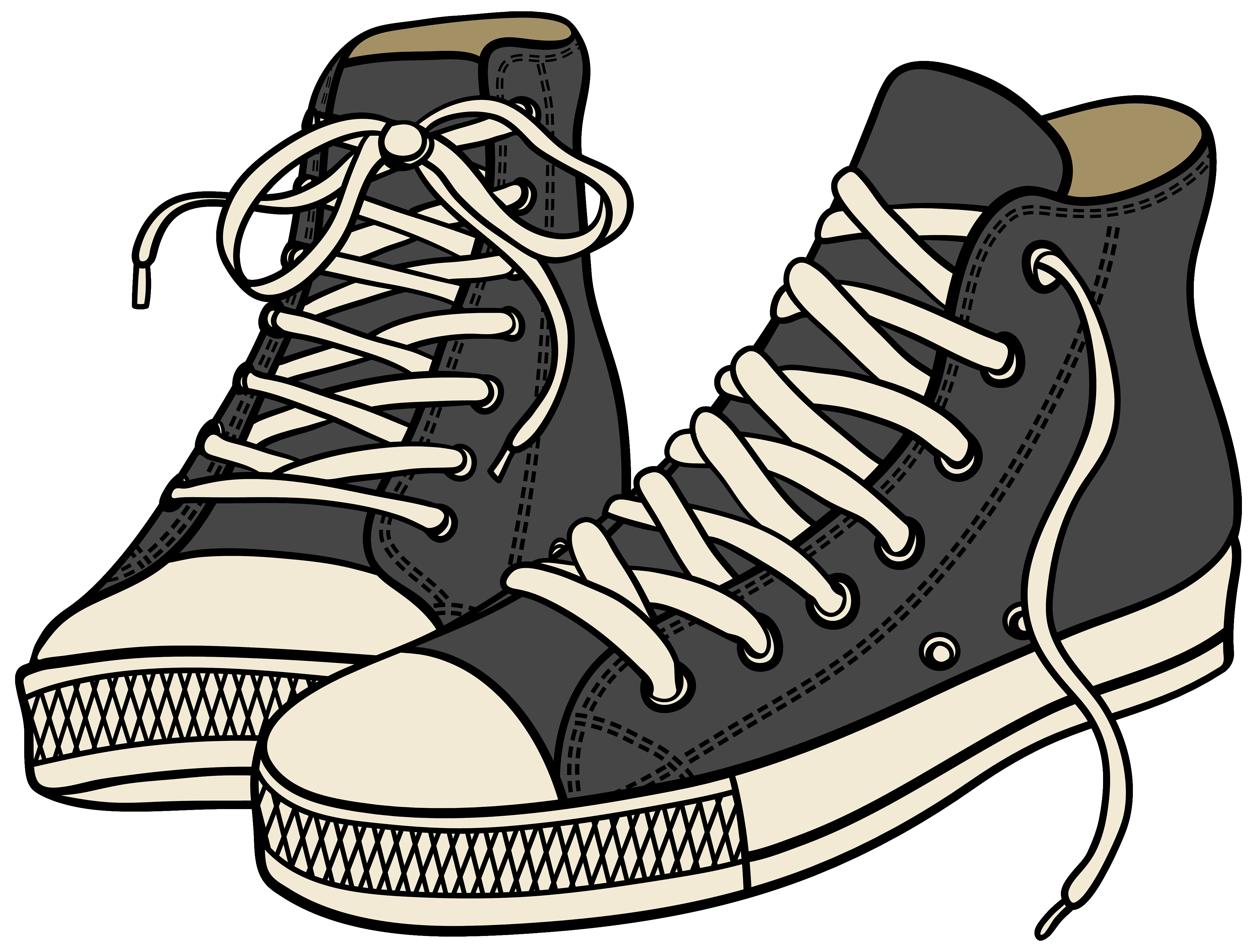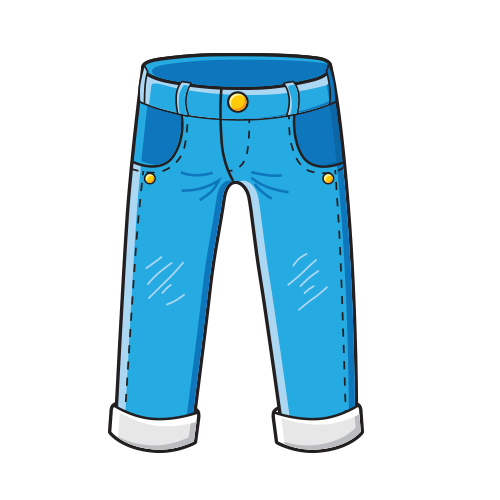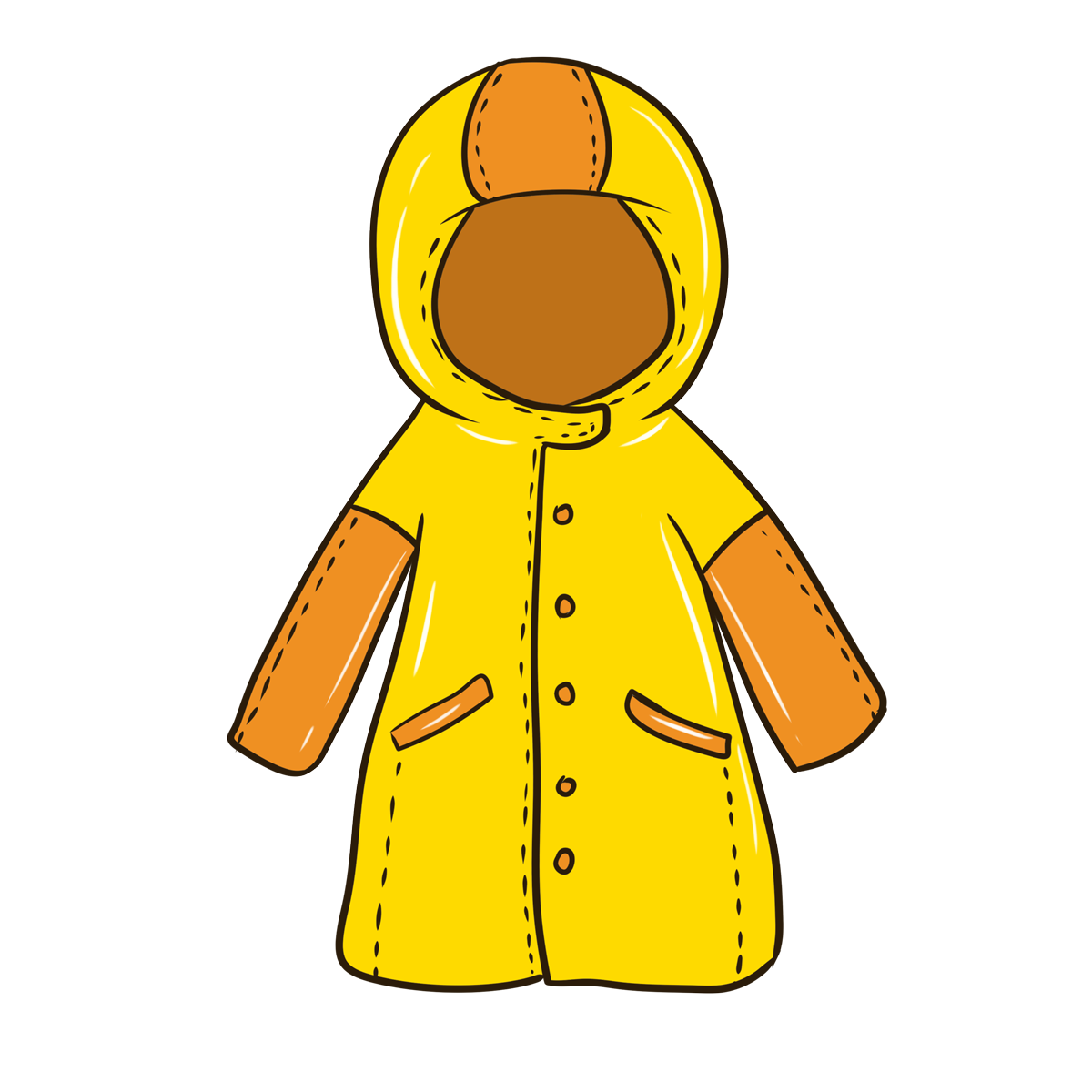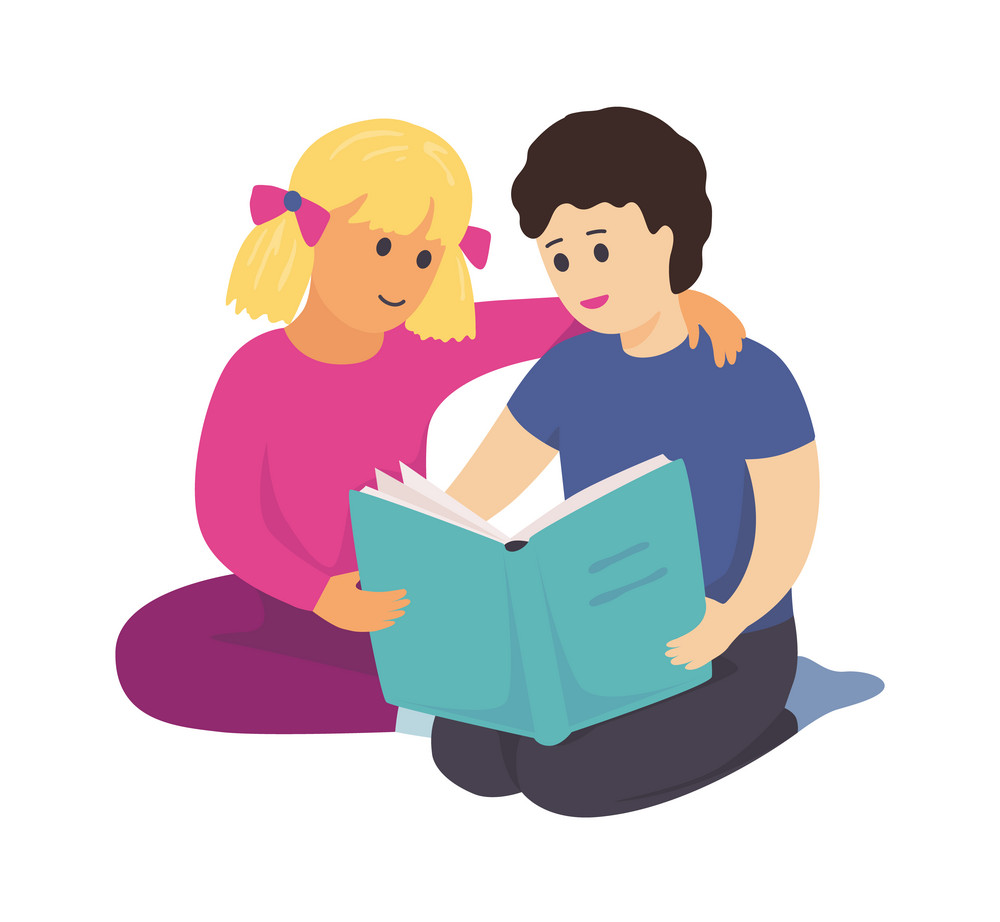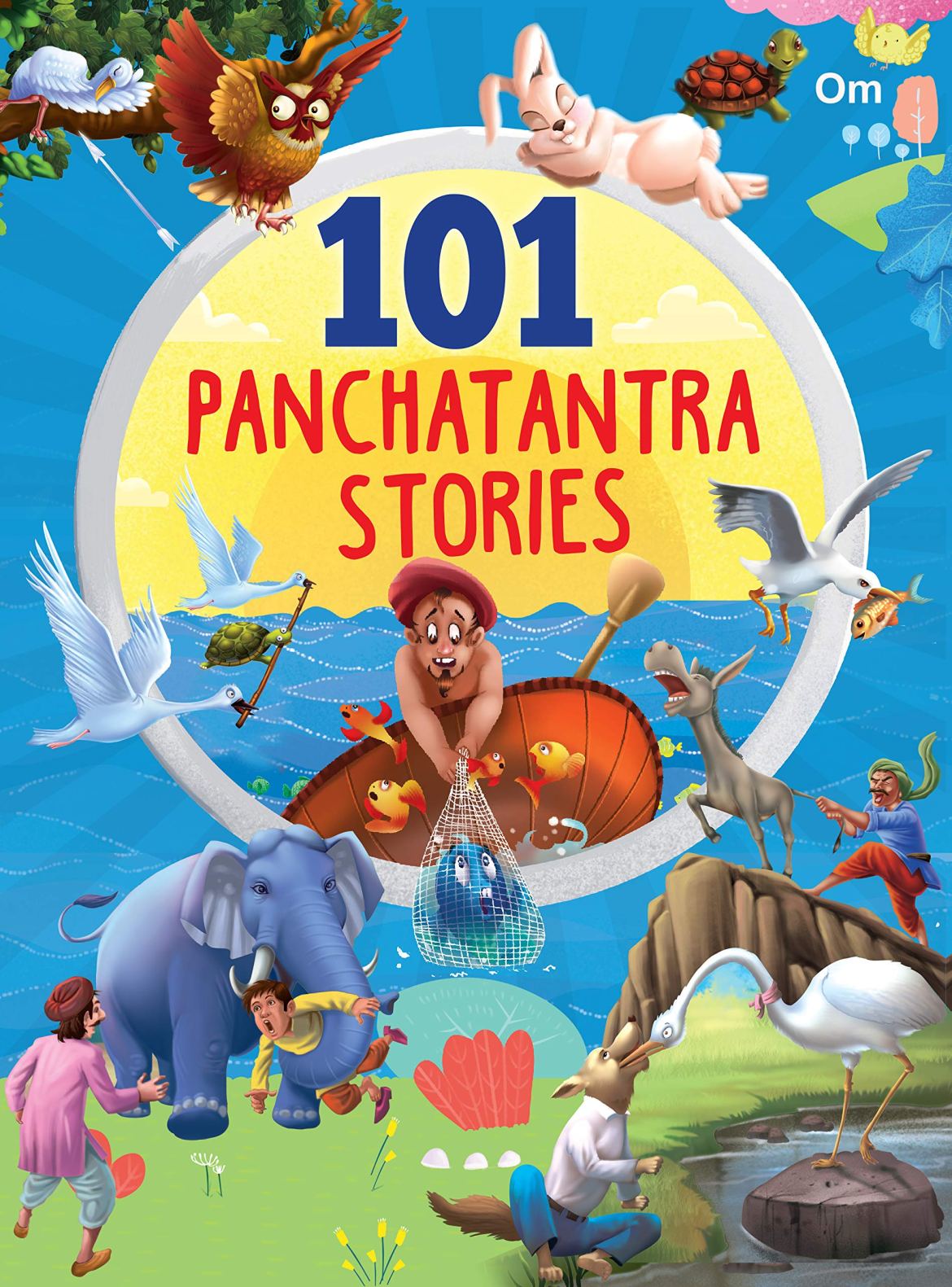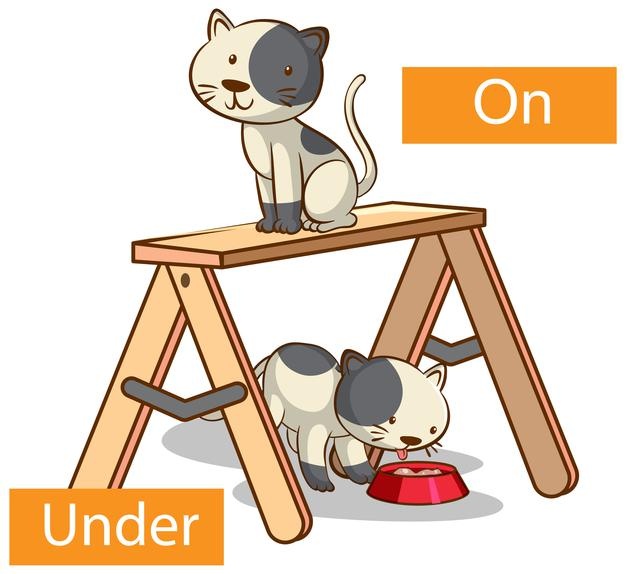EVS Worksheet : Clothes For Class 1
Clothes
Clothing also known as clothes or attire are items worn on the body. Typically, clothes are made of fabrics but over time it has included garments made from animal skin and other thin sheets of materials and natural products found in the environment, put together. The wearing of clothes is mostly restricted to human beings and is a feature of all human societies. The amount and type of clothes worn depends on gender, body type, social factors, and geographic considerations.
Garments cover the body, footwear covers the feet, gloves cover the hands, while hats and headgear cover the head. Eyewear and jewellery are not generally considered items of clothing, but play an important role in fashion.
We wear clothes to cover and protect our body from heat, cold, wind, rain, sun, dirt and dust.
Generally, We wear clothes according to the season.
- In summer when it is very hot outside , we must wear cotton clothes to keep ourselves cool.
- In winter the weather is very cold, we must wear woollen clothes to keep us warm.
- In the rainy or monsoon season when it is raining, we must wear raincoats to protect us from getting wet.
Let's discuss the different types of clothing options we have,
In hot places, people wear clothes made of cotton. Cotton clothes are best in summer. They are light in colour and weight and let the air pass through. They also absorb sweat. As the sweat evaporates, the body cools down. Loose fitting cotton clothes are very comfortable in hot weather. Light coloured clothes are better as they absorb less heat and keep us cool to cope up with external hot weather.
In cold places, people wear clothes made of wool, fur and leather as They prevent the body heat from escaping and keep it warm in winter.
When it rains, we wear raincoats above our clothes. Raincoats are generally made of material that does not absorb water or allows it to paas through and keep us dry when it rains. They prevent our clothes and bodies from getting wet.
The clothes we wear are made of cotton and cotton is made from the cotton plant. The fluffy cotton bolls growing on a cotton plant are picked and used to make cotton fibres. The fibres are woven to make cloth. We get cotton clothes from a cotton plant. Animals also provide us with fibres for making cloth. The silkworm gives silk thread for making silk cloth. Sheep’s fur is woven into wool for making winter clothes. Cotton, wool and silk are used to make fur and leather clothes. They are not made of fibres.
There are different varieties of clothing items for our life . To cover our hands we have gloves, for feet we have socks and shoes, to cover our body we have shirts, t-shirts for men whereas for we have saree, top, skirt, dresses etc.
Importance of clothing
Clothes insulate our body against cold or hot conditions, and it can provide a hygienic barrier, keeping infectious and toxic materials away from the body. It can protect feet from injury and discomfort or facilitate navigation in varied environments. Clothing also provides protection from ultraviolet radiation
Instructions to solve the worksheet
Below are some pictures of clothing items we use in our daily lives to identify them and fill in the missing letters corresponding to the image provided.
Importance of Environmental Education for kids
- EVS helps children to develop their own insights into the functioning of several things or understand human processes in their environment. Such interactions with their surrounding environment are immensely important for the healthy development of children.
- Not only does environmental education offers opportunities for experiential learning outside of the classroom, but it also enables students to make connections and apply their learning in the real world.
- EVS helps learners see the interconnectedness of social, ecological, economic, cultural, and political issues.
- By providing environmental education to students they will engage problem-solving techniques of the outer world to their subjects to understand a particular problem by implying outdoor environmental solutions.
- Environmental Education gives students a new meaning of exploring mother nature to see and resolve the issues which are harmful to the environment and this will also help them in maintaining their own health by doing physical work so that their bodies will be immune from some serious health issues such as short-sightedness, obesity and in some cases even lack concentrations
- The one major issues which we need to deal with is pollution and if we don’t educate our kids about the hazardous effects of environmental damage there will be no future of the world.






















